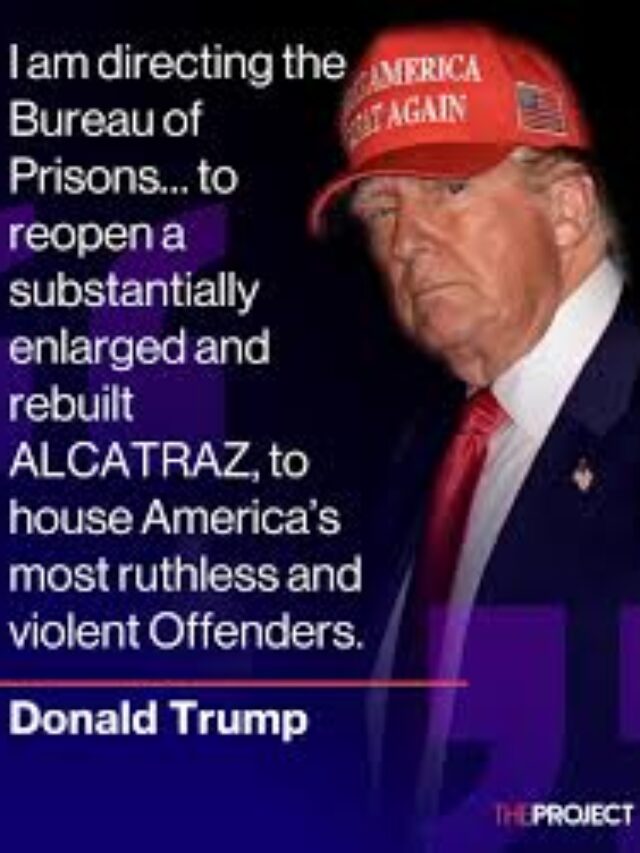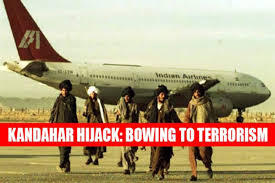Introduction
Red Fort Car Blast 2025 | On the evening of 10 November 2025, a powerful car explosion near Gate 1 of the Lal Qila (Red Fort) Metro Station in Old Delhi sent shockwaves through the city. The blast — which damaged multiple vehicles, set fire to nearby street stalls and shocked residents and visitors in the busy Chandni Chowk market — has been treated by authorities as a terrorist incident. This post compiles a comprehensive account of what happened, the immediate response, investigation updates, human impact, and the broader security, legal and policy implications.
Note: this article synthesises media reporting, official statements and eyewitness accounts available soon after the event. Names, counts and some details were still being verified at the time of writing; treat casualty and arrest numbers as provisional.
Quick facts (at a glance) | Red Fort Car Blast 2025
- Date & time: 10 November 2025, ~18:52 IST
- Location: Near Gate 1, Lal Qila Metro Station / Subhash Marg intersection, Old Delhi (adjacent to Red Fort and Chandni Chowk)
- Apparent cause: Vehicle explosion (reported as a white Hyundai i20)
- Immediate casualties (initial reports): Several people killed, dozens injured. Authorities later reported higher numbers as identification and counting continued.
- Investigation lead: Delhi Police, National Investigation Agency (NIA) took over; probes under terrorism laws and forensic analysis initiated.
Detailed timeline of the incident | Red Fort Car Blast 2025
18:52 IST — A heavy explosion occurred near Gate 1 of Lal Qila Metro Station, in the busy Old Delhi intersection. Eyewitnesses described a loud blast followed by flames and thick smoke.
18:55–19:30 IST — Emergency calls reached the Delhi Fire Services, ambulances and police. Firefighters reported multiple vehicles ablaze (cars and auto‑rickshaws). Local hospitals (including LNJP) received a surge of injured.
~19:30–20:30 IST — Fire services brought the blaze under partial control. Police started cordoning the area, evacuating civilians and diverting traffic. Sniffer dogs and bomb‑disposal squads were deployed.
Next 24–48 hours — Forensic teams examined debris; CCTV footage from surrounding streets and metro gates were collected. Investigating agencies traced the car’s registration and purchase history. The NIA was assigned the lead as the case was designated a terrorist incident.
What eyewitnesses and footage show
- Videos circulating immediately after the blast show an intense flash and subsequent fire consuming nearby vehicles. Some clips capture bystanders rushing to help, while others show police and emergency personnel arriving amid chaotic scenes.
- Several witnesses reported people screaming and shops shaking from the blast. Traders in Chandni Chowk described panic and mass evacuations.
- CCTV and private camera footage became primary evidence for tracing the car’s movements in the hours before the blast.
Human impact — casualties, survivors and how communities responded
The scene in Old Delhi, a densely packed commercial and historic area, magnified the human toll. Early reporting cited multiple fatalities and many injured with severe burns and blast injuries; some victims were hard to identify initially due to burns.
Community response included:
- Nearby shop‑owners and passersby assisting with immediate rescue and first aid.
- Civil society donations of blood and emergency supplies to local hospitals.
- Local market associations temporarily closing shops out of fear and to allow police work.
Official response: government, police and central agencies
- The Delhi Police secured the site, collected forensic evidence and coordinated with fire and medical services.
- The National Investigation Agency (NIA) took over the investigation under counter‑terrorism laws; the matter was treated as a terror incident by central authorities.
- The Union Cabinet issued statements condemning the attack and directed rapid, coordinated action across security agencies.
- Security was tightened around heritage sites, airports, metro installations and other crowded public places; additional patrols and vehicle checks were ordered.
Forensics & the investigatory trail
Investigators focused on these immediate leads:
- Vehicle identification: tracing ownership, recent transfers, and purchase history of the vehicle involved.
- CCTV and mobile‑phone footage: reconstructing the car’s last movements and identifying persons who approached or exited the vehicle.
- Explosive residue analysis: forensic labs examined fragments for the type of explosive (reports mentioned materials like ammonium nitrate in early media coverage, though conclusive lab confirmation is required).
- Forensic & electronic evidence: examination of phones, toll/parking records, fuel receipts and any electronic device that could indicate planning or remote activation.
Law enforcement also coordinated with central agencies to determine whether the incident was the work of an organised module, an individual actor, or an accidental detonation.
Legal framework & likely charges
If the investigators establish a terror link, charges commonly invoked include provisions under the Unlawful Activities (Prevention) Act (UAPA), sections of the Indian Penal Code covering murder and criminal conspiracy, and explosives‑related statutes. Arrests, detentions and subsequent prosecution will follow investigatory protocols under these laws.
Security implications and immediate policy responses
- Heritage‑site security: The blast highlighted vulnerabilities around India’s most symbolic heritage sites, prompting a review of physical barriers, vehicle screening and layered security plans.
- Crowd & traffic management: The event underscored the need to reduce vehicle congestion near high‑footfall heritage and market areas, and to enforce parking/vehicle restrictions near sensitive sites.
- Intelligence & inter‑agency coordination: Questions arose about possible intelligence lapses; agencies pledged better information‑sharing and pre‑emptive action.
- Public preparedness: Emphasis on rapid first‑responder capacity, public awareness of evacuation routes and trauma‑care readiness at major hospitals.
Media, misinformation and responsible reporting
High‑impact incidents rapidly generate rumours and unverified footage. Responsible readers should prefer statements from investigating agencies, reputable national outlets and verified official channels. Avoid sharing unverified clips that can hamper investigations or inflame tensions.
Frequently asked questions (FAQ)
Q: Was this a suicide attack?
A: Investigations were ongoing. Initial press reports suggested the vehicle exploded in place; whether it was a suicide attack, remote detonation or accidental remains subject to forensic confirmation.
Q: How safe is visiting the Red Fort now?
A: Authorities temporarily closed the area and tightened security. Access will depend on clearance from law enforcement; follow local official advisories before visiting.
Q: Who’s responsible?
A: Agencies (NIA, Delhi Police) investigate all leads. Public attribution requires evidentiary confirmation and formal charges.
Practical advice for locals and visitors
- Follow official advisories from Delhi Police and local authorities.
- Avoid sharing unverified video or speculation on social media.
- If in the area during emergencies: move to open spaces, follow police directions, and assist only if it’s safe.
- If you can, donate blood through authorised hospitals and contribute to verified relief funds for victims.
Conclusion
The Lal Qila car explosion was a tragic event that shook Old Delhi and raised urgent questions about public‑space security, intelligence coordination and emergency preparedness. While the human toll is the immediate priority — including identification, medical care for survivors, and support to affected families — the longer term responses will need systemic improvements to reduce vulnerabilities at crowded heritage and market zones.
If you’d like, I can:
- Produce an hour‑by‑hour live timeline with links to primary statements and reputable articles.
- Create a shorter news brief suitable for social media or a newsletter.
- Draft an op‑ed on policy changes to protect heritage zones and crowded markets.
Reference Links
https://www.theguardian.com/world/2025/nov/11/witnesses-describe-car-explosion-delhi
https://pib.gov.in/PressReleasePage.aspx?PRID=2189384
#RedFortBlast #DelhiExplosion #LalKilaAttack #DelhiNews #BreakingNews #NIAInvestigation #TerrorAttack #RedFort #OldDelhi #ChandniChowk #IndiaSecurity #UAPA #DelhiPolice #Modi #Terrorism








